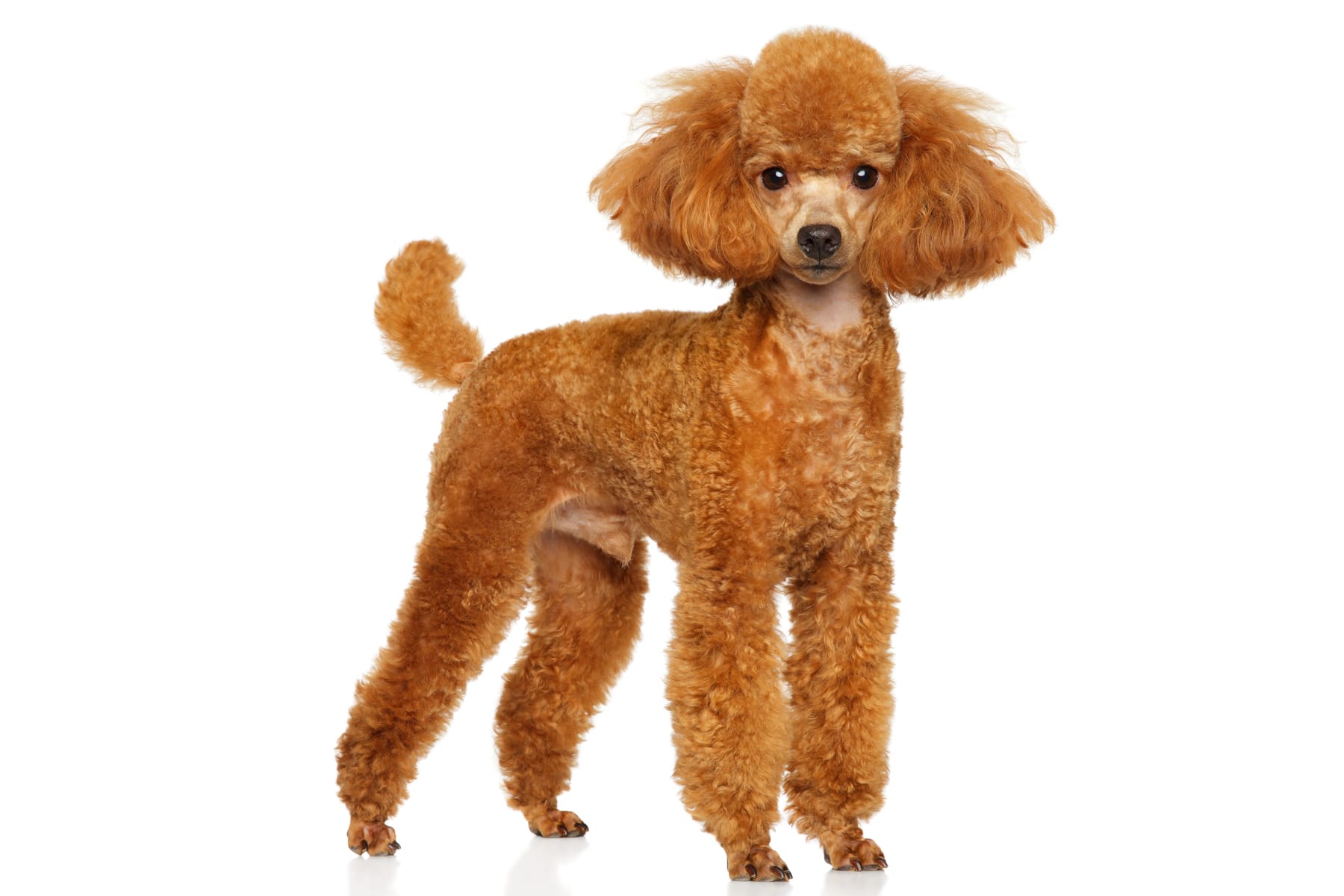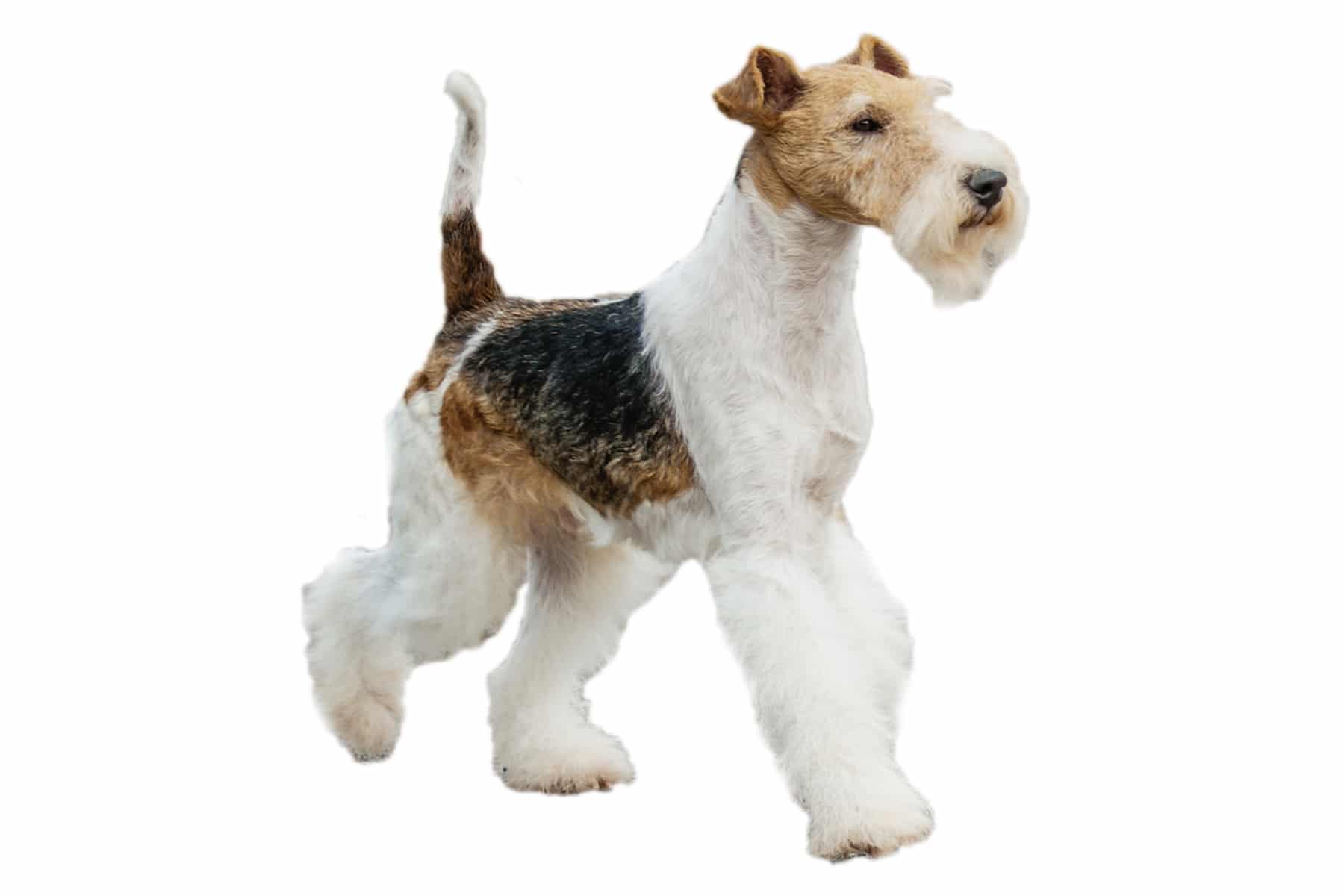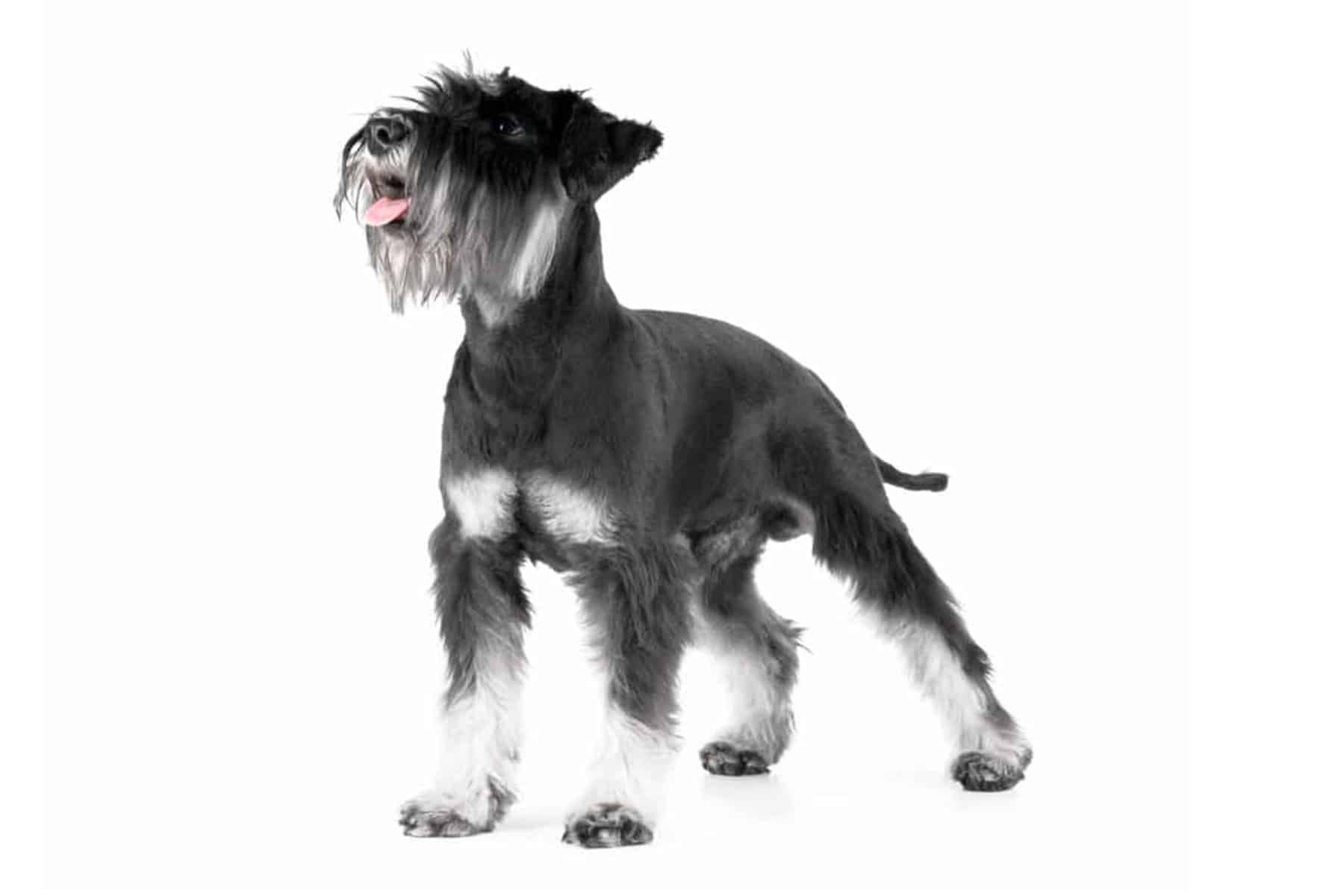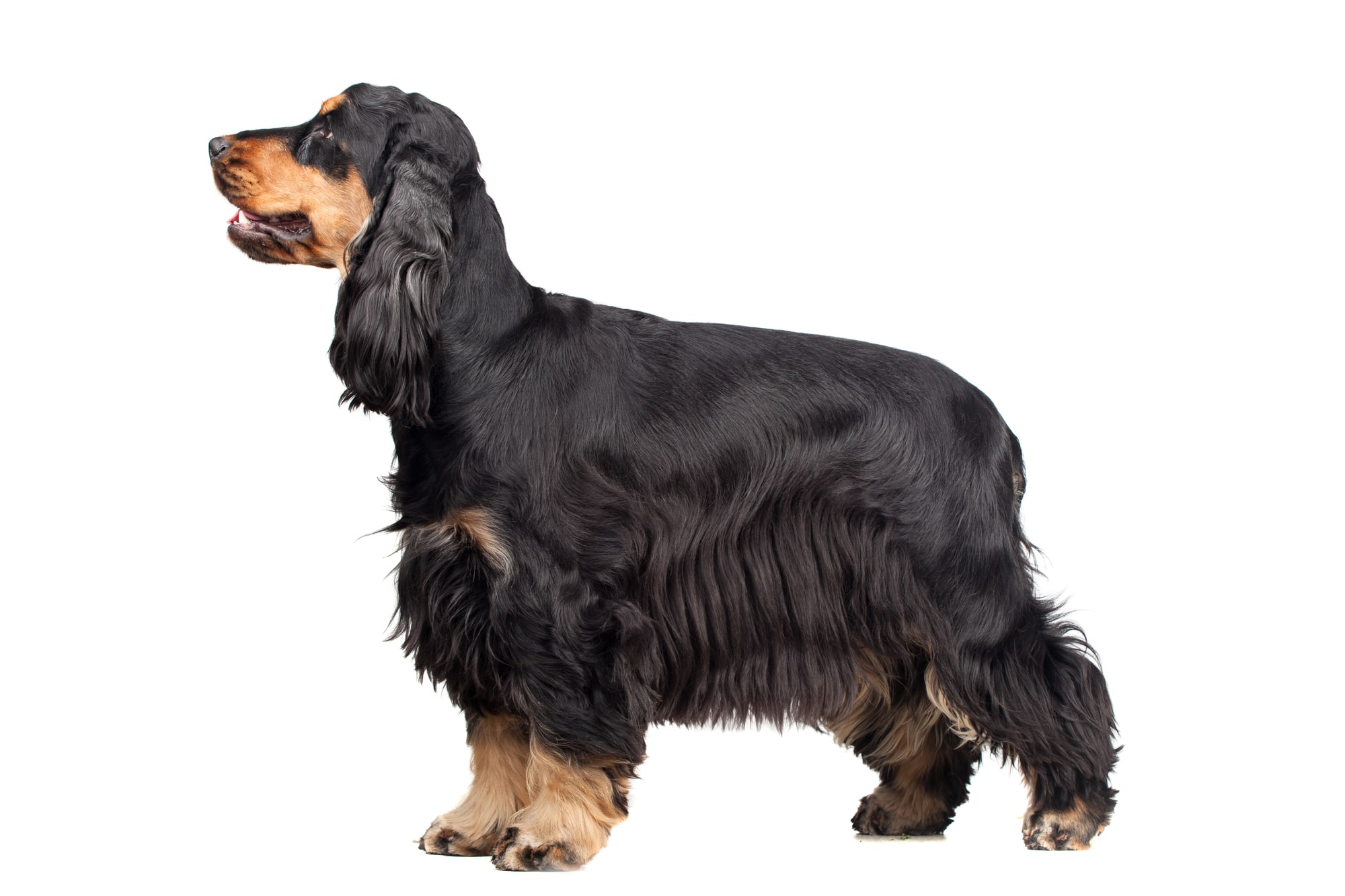Schillerstövare

Temperament:
The Schillerstövare is also known as the Schiller Hound or Schillerbracke. Per Schiller was the first to show these dogs. The breed originates from Sweden. It belongs to the FCI Group 6, which includes running dogs, welding dogs and related breeds.
Characteristics
The Schillerstövare is a medium-sized dog. Males are between 53 and 61 cm tall. Females reach a shoulder height of 49 to 57 cm. The Schillerstövare reaches a weight of 18 to 24 kg. It appears long and sinewy. It has strong muscles. The chest is deep. It reaches up to the elbows.
The coat is hard and short. It lies close to the body. The color is tan with black markings. The tail is straight or sabre-shaped. The ears are set high. They hang down and lie close to the front of the head. With good care, the Schillerstövare lives to be 12 to 14 years old.
The Schillerstövare is fast and lively. It has a strong hunting instinct. It was actually bred as a hunting dog for fox hunting. It is friendly, playful and trusting. It is therefore also suitable for people who have a lot to do with other people or dogs. The Schillerstövare loves to be the center of attention.
Coat care:
Shedding:
Energy level:
Trainability:
Children suitable:
The right food
When choosing food, make sure that it contains high-quality ingredients, is balanced and meets your dog's requirements. Age, size or weight, activity and health status play an important role. You should follow the manufacturer's recommendations for the amount of food.
Treats should only be fed in moderation and deducted from the basic diet to avoid obesity.
Puppies can be fed 4-6 times a day. The number of meals should be gradually reduced to 2 per day until the dog is fully grown. A rest period should be observed after meals.
Fresh drinking water should be available at all times.
Health & Care
Your Schillerstövare is robust and easy to care for. The short coat only needs to be brushed occasionally. Check his ears and claws regularly. Give him chews or brush his teeth with a dog toothbrush.
The Schillerstövare needs plenty of exercise. If you are not using it for hunting, you should keep it busy in other ways. Challenge him physically. Take him for lots of walks. Give him other opportunities to exercise too. A large, fenced-in property is ideal.
Your Schillerstövare is also very intelligent and wants to be mentally challenged. If you are not using him for hunting, dog sports such as agility are ideal for him. Under no circumstances should he be left alone and bored all day.
Suitable accessories
As far as accessories are concerned, the Schillerstövare is undemanding. It needs a water and food bowl, a lead and collar and possibly a blanket or dog basket. A running lead may be useful for walks because of its hunting instinct. Chew toys or a dog toothbrush are also necessary. A fur brush is also necessary.
You will also need tick tweezers, claw scissors, a mild dog shampoo, a transport box for transportation in the car and a first aid kit. It's best to ask your vet what should be in the first aid kit.
If you want to do dog sports with him, he needs the appropriate accessories. Otherwise, you should buy him toys that stimulate his intelligence and keep him busy. Dog toys are available in stores.

Origin & History
The Schillerstövare is a relatively young breed. It probably originated in southern Germany. There were small tan-colored running dogs with black coats and white markings. Swiss and English running dogs were also crossed into the Schillerstövare.
The first dog show took place in Sweden in 1886. Farmer Per Schiller presented two running dogs there. They were called "Tamburini" and "Ralla I". Breeding continued with these dogs. They were ideal for hunting fox and hare. They hunted alone and made noises.
In 1907, the Schillerstövare was recognized as a breed by the Swedish Kennel Club. Today, the Schillerstövare is often kept as a family dog. It is fond of children and social. The Schillerstövare is mainly found in Sweden.





